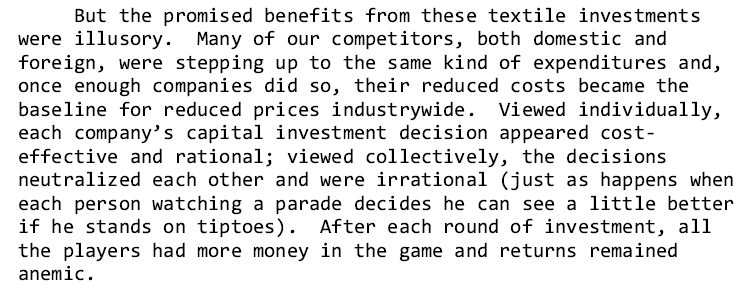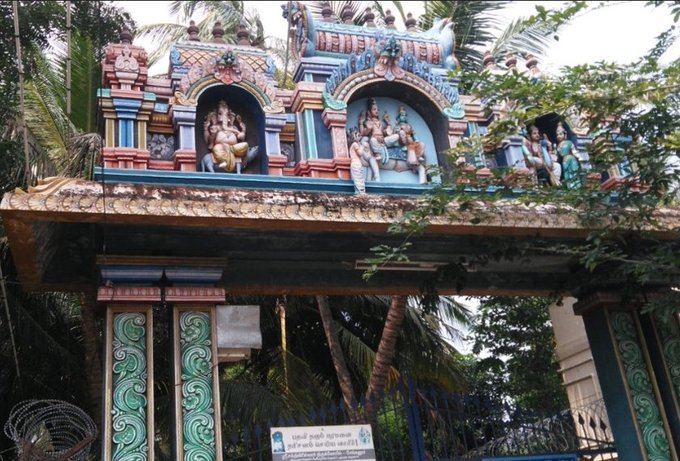Jeff Bezos left a lucrative career at 30 to start an online book store.
His letters since founding Amazon are full of insights into investing, decision making and life.
I have consumed all of Jeff's letters and interviews since 1997.
This is what I have learned:
1. The regret minimization framework
Jeff would imagine himself at age 80, "What have I regretted in life?"
And work backwards to guide your present decisions.
Most of our regrets are from the things we didn’t try, the risks we didn’t take, or the paths we didn’t travel.
2. It's all about the long-term
Competition is sparse when you are competing in decades.
Many companies make decisions based on the next three to five years.
Bezos is investing for the next two decades.
3. Maximizing shareholder value
A company's value today is the present value of future cash flows.
85% of a company's value are from year 3 and beyond.
Invest today to ensure that a company achieves durable growth in the future.
4. Focus on the customers
Focus on solving problems and the share price will take care of itself.
Share prices in the short-run has no indication as to how well the company is doing.




















